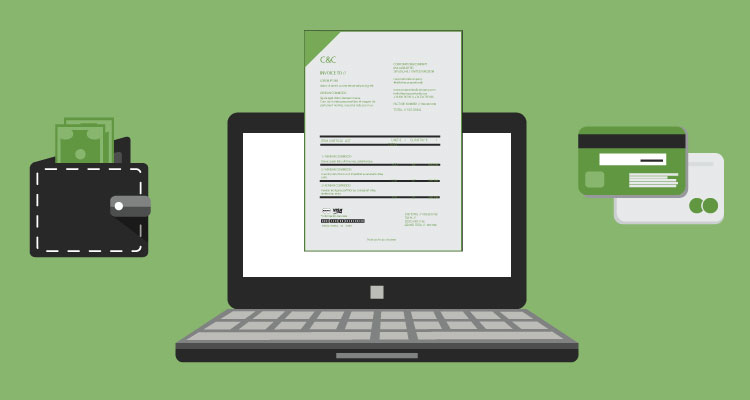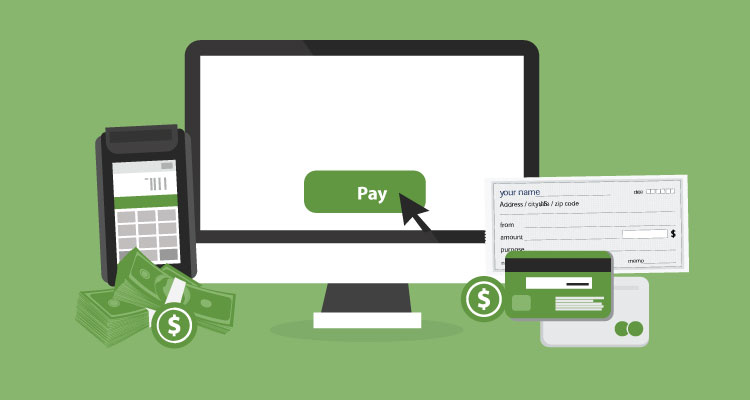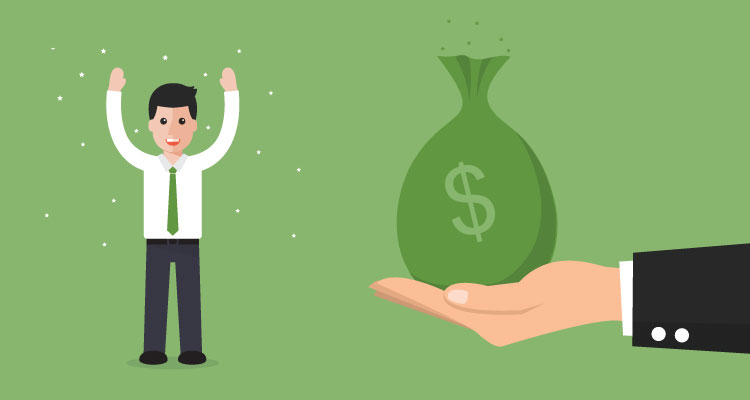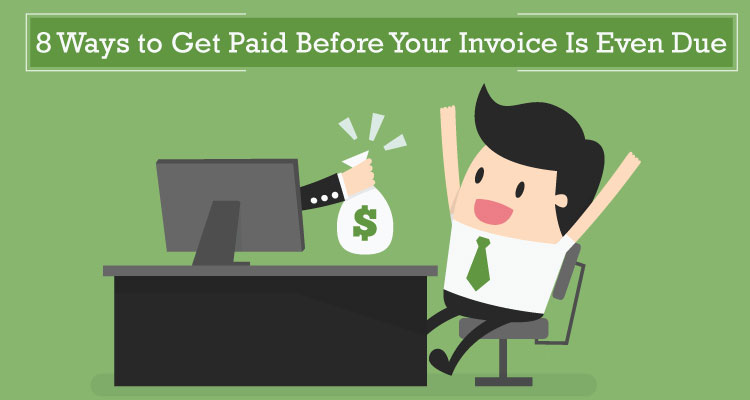If there’s one thing that drives freelancers and small business owners bonkers it’s chasing down late payments. It’s not only frustrating and time-consuming, but it also hurts your cash flow and throws your budget out-of-whack.
Of course, there are simple ways to speed up the invoicing process, such as sending your client a detailed and itemized list of the goods and services that you have provided to them. This still may not guarantee that the bill will be paid before the due date.
But, following these eight steps, or tips, will give you a better chance of getting paid on or before your invoice due date.

Table of Contents
Toggle1. Send Out Invoices Frequently
Determine the best time-frame for sending out your invoices. Should it be daily? Weekly? Monthly? Or, when a customer receives the product or service? Since you don’t want to spread yourself too thin, weekly invoicing is often one of your better options.
However, you should always talk to the individual in charge of invoicing and find out their pay cycle. If it’s every other week, then that’s when you want to invoice that client.
However, you should always talk to the individual in charge of invoicing and find out their pay cycle. If it’s every other week, then that’s when you want to invoice that client.
As a general rule of thumb, though, the more quickly that you send out invoices, the more quickly you’ll get paid.

2. Use Invoicing Software
Paper invoices are a thing of the past. They’re expensive, slow, and not that great for the environment. That’s why more and more people have been opting to use electronic invoicing.
E-invoicing allows you to generate an invoice and email it to the client quickly. Since they receive the email immediately, they can review and approve a payment as soon as you send it – instead of waiting days for the invoice to arrive in the mail.
Personally, most of my clients pay my invoices within 5 to 10 minutes of me emailing it to them.

3. Require a Deposit or Retainer
Probably the most obvious way to get paid before an invoice is due by requiring a deposit or retainer before you start a project or ship any products.
Deposits are pretty much a down payment that is made to show good faith that the client isn’t going to skimp on the final installment. It’s okay to ask for a 50 percent upfront and then 50 percent at the end. But, you can also break it up as 50 percent upfront, 25 percent in the middle, and 25 percent at the end. Deposits are also refundable.
to ask for a 50 percent upfront and then 50 percent at the end. But, you can also break it up as 50 percent upfront, 25 percent in the middle, and 25 percent at the end. Deposits are also refundable.
Retainers, on the other hand, are not refundable. That’s because retainers necessarily secure your services to a client whenever needed for a set period. This is common among many professionals such as attorneys.

4. Accept Multiple Types of Payments
One of the most efficient ways to get paid on time is by taking multiple forms of payments. This is because if you only accept PayPal, and the client doesn’t have a PayPal account, they’re either going to have to create an account or find another way to compensate you for your goods or services.
Accepting many types of payment methods almost makes it automatic for your client to pay you since it only takes a couple of steps for the client to authorize a payment. Moreover, you may even find payment options that occur almost instantly. For example, transferring funds through
Moreover, you may even find payment options that occur almost instantly. For example, transferring funds through digital wallets or bitcoin and even ACH payments now occur within a day.
Finally, we have the big banks, like JPMorgan Chase and Bank of America, who have embraced clearXchange so that money can be moved between bank accounts easily and quickly.

5. Offer Incentives
You can also offer incentives to your clients if they pay you before the invoice due date. For instance, you could deduct 5 percent of the total amount due if the invoice is paid within a week.
Another incentive could be to offer a discount for a future week if the bill is paid-in-full before the deadline.
6. Automate the Invoicing Process
Thanks to the cloud-based invoicing software you can now automate the entire invoicing process. For starters, the software will send out upcoming payment reminders to the client.
Instead of waiting until an invoice becomes past due, the client receives a reminder before they get penalized. This keeps them happy since they don’t have to pay any late fees and it saves you the aggravation of following up on payments.
If you have a contract with a client or run a subscription-based company, invoicing software lets you set-up recurring payments so that you’re automatically paid for your goods or services.
7. Invoice Factoring
If you’re strapped for cash and need money right now, then you could consider invoice factoring. In a nutshell, this is where you sell unpaid invoices to an
In a nutshell, this is where you sell unpaid invoices to an invoice factoring company in exchange for cash. The company takes over the invoice and will collect the money from your clients. Typically, you’ll receive 80 percent of the invoice amount now and 20 percent (minus fees) when the invoice is paid-in-full.
Typically, you’ll receive 80 percent of the invoice amount now and 20 percent (minus fees) when the invoice is paid-in-full.
8. Know Your Clients
As mentioned earlier, if you know the payment schedule of your customers then you can them invoices during that timeframe to prevent any lag time.
For example, if they do their accounting on the 15th and 30th of every month, you wouldn’t want to send an invoice to them on the 5th because it’s going to sit there for 10 more days.
The biggest advantage of getting to know your clients is that you build a rapport with them and earn their trust. This means that they’ll not only pay your invoice as soon as it arrives, you may be able to ask for an advance, or at the very least, ask if you can send an invoice before their payment schedule.











